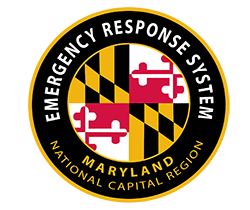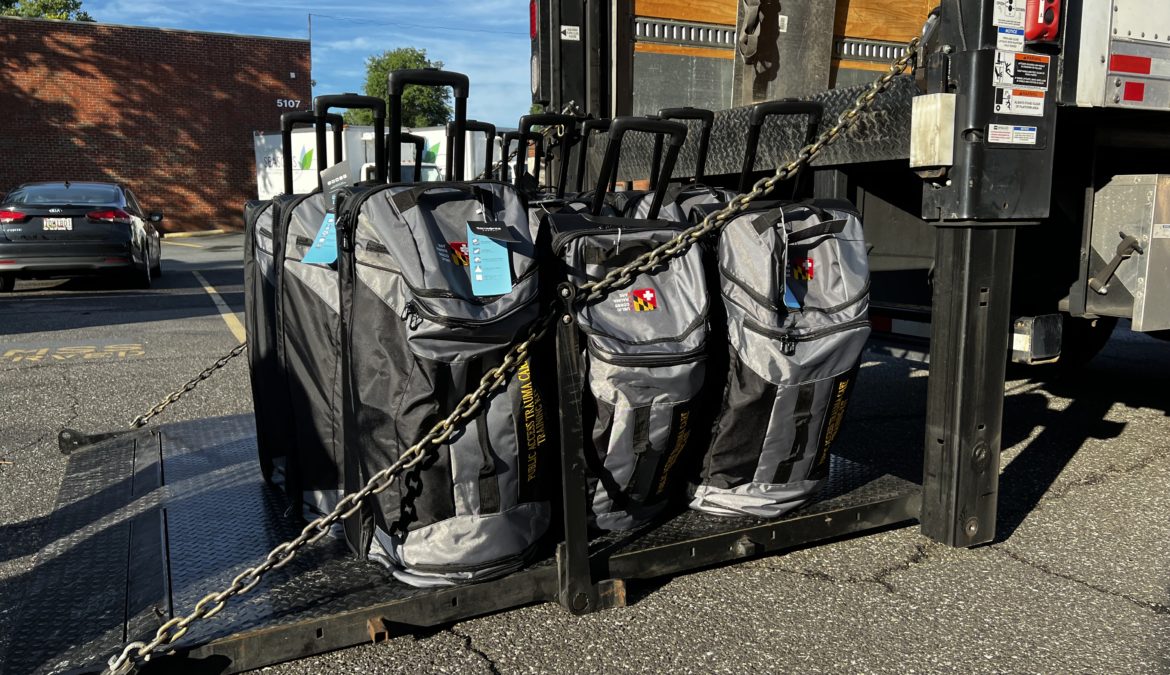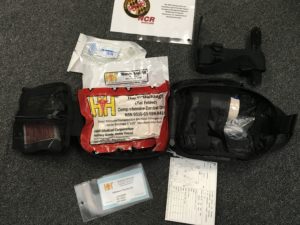In partnership with the Prince George’s County Office of Homeland Security and Emergency Management (PGOHSEM), the Maryland-National Capital Region Emergency Response System (MDERS) recently held a Homeland Security Exercise and Evaluation Program (HSEEP) course at the PGOHSEM headquarters in Hyattsville, Maryland. HSEEP is a Federal Emergency Management Agency (FEMA) program that consists of fundamental concepts and a common approach to exercises (U.S. Department of Homeland Security, 2020). The goal of HSEEP is to assist exercise planning team members with incorporating standardized methodologies used to create, conduct, and analyze exercises.
The HSEEP course is an interactive two-day training with eight hours of instructor-led classroom lectures and group discussions. This training was attended by 22 students from various disciplines, backgrounds, and departments to learn about the planning, design, and evaluation of exercises. Participants were from the Prince George’s County Police Department (PGPD), the Prince George’s County Fire and EMS Department (PGFD), the City of Bowie Emergency Management, Fredrick County Health Department (FCHD), University of Maryland Baltimore (UMB), Charles County Department of Emergency Services (DES), the United States Army, Department of Defense (DOD), United States Army Corps of Engineers (USACE), MDERS, and PGOHSEM.
Before instruction began, students took a pre-test to assess the students’ knowledge and understanding of the exercise design and development. During classroom discussions, students learned about HSEEP fundamentals, including exercise program management, design, development, evaluation, and improvement planning. These principles helped students understand the purpose and intended outcomes of conducting exercises. Through the HSEEP training course, students were divided into small groups to participate and discuss response efforts to small-scale tabletop scenarios. This structure helped students identify emergency preparedness priorities and recommend the necessary aid to mitigate the effects of incident scenarios. Students emphasized the benefits of building relationships to promptly request resources and mutual aid.
The HSEEP training course concluded with a large-scale capstone project to enhance students’ understanding of exercise preparation. Students received information on an emergency incident scenario consisting of mass casualties and community disruption. This activity encouraged students to implement concepts learned to further develop and refine their skills in exercise planning. The exercise allowed students to demonstrate their understanding of the material taught and practice teamwork, communication, and strategic thinking in a realistic environment. After completion of the capstone, students evaluated their identified roles, procedures, and mutual aid activities to determine if the appropriate response measures were taken. The evaluation phase was important to assess areas for improvement to identify shortfalls and gaps in the exercise scenario.
After completing the course, students gained a better understanding of how to use HSEEP exercise principles and methods to prevent, respond, and recover from different hazards. MDERS is committed to ensuring that our stakeholders continue to gain the knowledge needed to conduct response operations through attending specialized training courses among many public safety disciplines.
For more information on HSEEP, please click here.
References:
U.S. Department of Homeland Security. (2020, January). Homeland Security Exercise and Evaluation Program (HSEEP). Retrieved from Homeland Security Exercise and Evaluation Program (HSEEP) (fema.gov)






